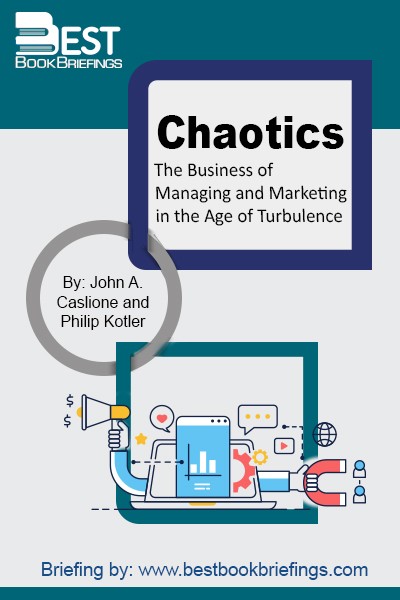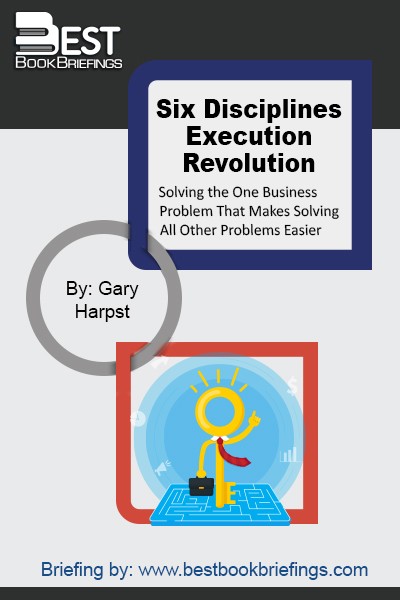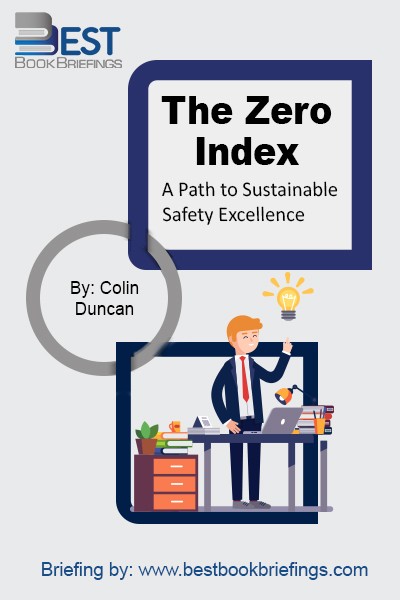The Zero Index
A Path to Sustainable Safety Excellence
Number of pages: 234
Publisher: Behavioral Science Technology, Inc.
BBB Library: Operations Management
ISBN: 9780966756937
Editorial Review
Achieving a truly zero-harm organization starts with taking a huge step back from our existing ideas and assumptions. This book introduces a state of functioning that we call Zero Index performance: the sustained practice of mitigating exposure to anyone who interacts with an organization and its activities and products–not just your employees but also your customers, vendors, visitors, and community.
Books on Related Topics

“Chaotics” provides business leaders with the system and tools to successfully navigate through the uncertain waters that will continue to confront all of their businesses in this new era “The Age of Turbulence”. The fact is that we are entering a new age of turbulence. But what is turbulence? We know

This book is all about showing you what a well run company looks like when it has the right processes in place to communicate with its staff, its customers, its suppliers and shareholders, that is the six disciplines for excellence .

The great secret of our time is that there are still uncharted frontiers to explore and new inventions to create. In Zero to One , legendary entrepreneur and investor Peter Thiel shows how we can find singular ways to create those new things. Doing what someone else already knows how to do takes



